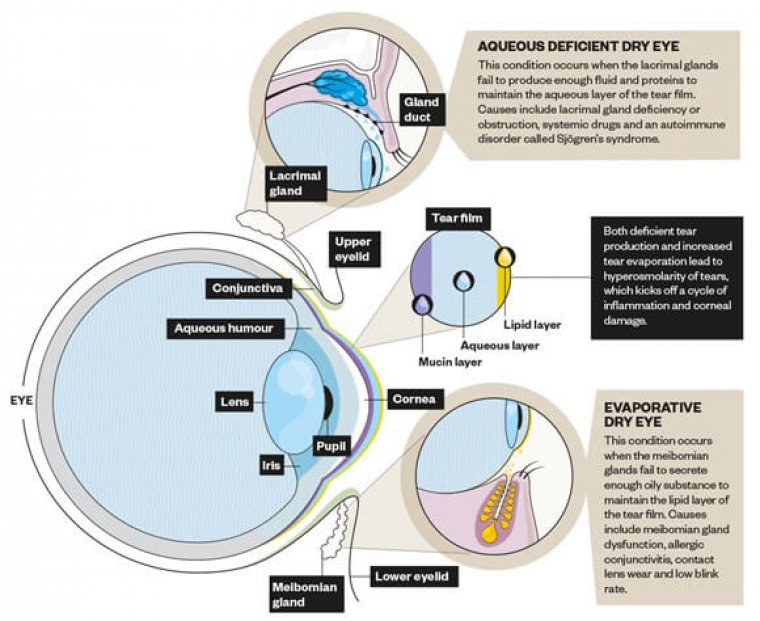
A Comprehensive Guide to Tritan Color Blindness
Tritan color blindness is a rare form of color vision deficiency that affects the ability to distinguish between blue and green colors. The condition is caused by a genetic mutation in the S-opsin gene, which is responsible for the production of a protein called opsin that is found in the light-sensitive cells of the eye, known as cones.
Types of Tritan Color Blindness
There are two main types of tritan color blindness:
● Tritanomaly: This is the most common type of tritan color blindness, and it is characterized by a reduced sensitivity to blue light. Individuals with tritanomaly have difficulty distinguishing between blue and green colors, as well as between blue and purple colors. They may also perceive some shades of blue as green or gray.
● Tritanopia: This is a rarer type of tritan color blindness, and it is characterized by a complete absence of sensitivity to blue light. Individuals with tritanopia have difficulty distinguishing between blue and green colors, as well as between blue and purple colors. They may also perceive blue colors as black.

Additionally, some individuals may have a less severe form of tritan color blindness known as "Anomalous trichromacy" , in which individuals have normal trichromatic color vision but with some degree of reduction in the sensitivity of the blue-sensitive cones.
It's important to note that both types of tritan color blindness are inherited in an autosomal recessive manner, which means that it is caused by a mutation in both copies of the S-opsin gene. However, the degree of color vision loss can vary from person to person.
How Do I Know If I Have Tritan Color Blindness?
The best way to determine if you have tritan color blindness is to visit an eye doctor for a comprehensive eye exam. During the exam, the eye doctor will perform a series of tests to check your vision and color perception, including a tritan color blindness test.
A tritan color blindness test typically consists of a series of images or patterns that contain blue and yellow colors. The individual is asked to identify the colors in the images or patterns. If the individual has difficulty distinguishing between blue and yellow colors, they may have tritan color blindness.
Additionally, your eye doctor may also use other tests, such as a visual acuity test, to check your overall eye health and to rule out other causes of color blindness.
It's also worth noting that there are some online tests and color vision tests available to check for color blindness, however, these are not always reliable or accurate and should not be considered a substitute for a professional eye examination.
While tritan color blindness can be challenging for those who have it, it is not a serious condition and does not usually affect an individual's quality of life. However, certain occupations, such as those in the field of color design or graphic design, may be more challenging for individuals with tritan color blindness.
Conclusion
Tritan color blindness is a rare form of color vision deficiency that affects the ability to distinguish between blue and yellow colors. It is caused by a genetic mutation in the S-opsin gene, inherited in an autosomal recessive manner, and it is more common in men than women. The most important diagnostic tool for Tritan color blindness is the tritan color blindness test. The condition can be challenging but it is not a serious one and it doesn't affect the quality of life.
(1).jpg)










